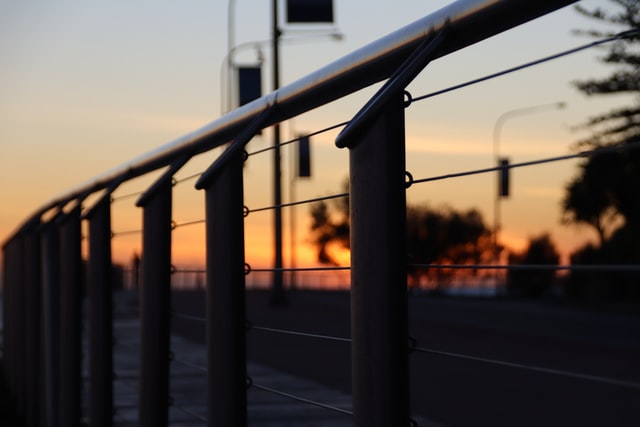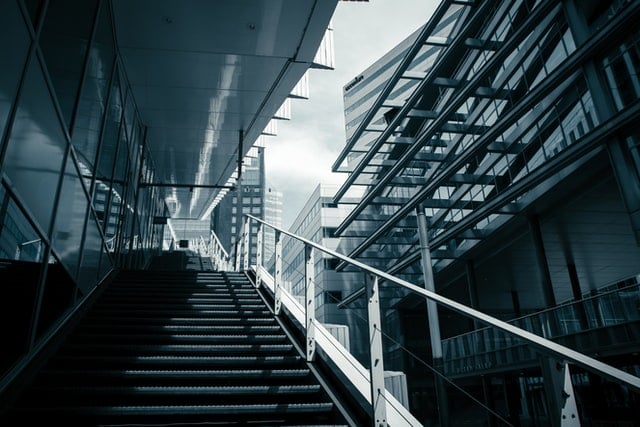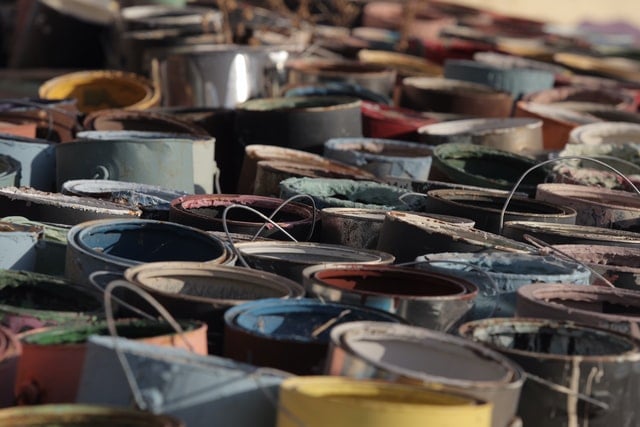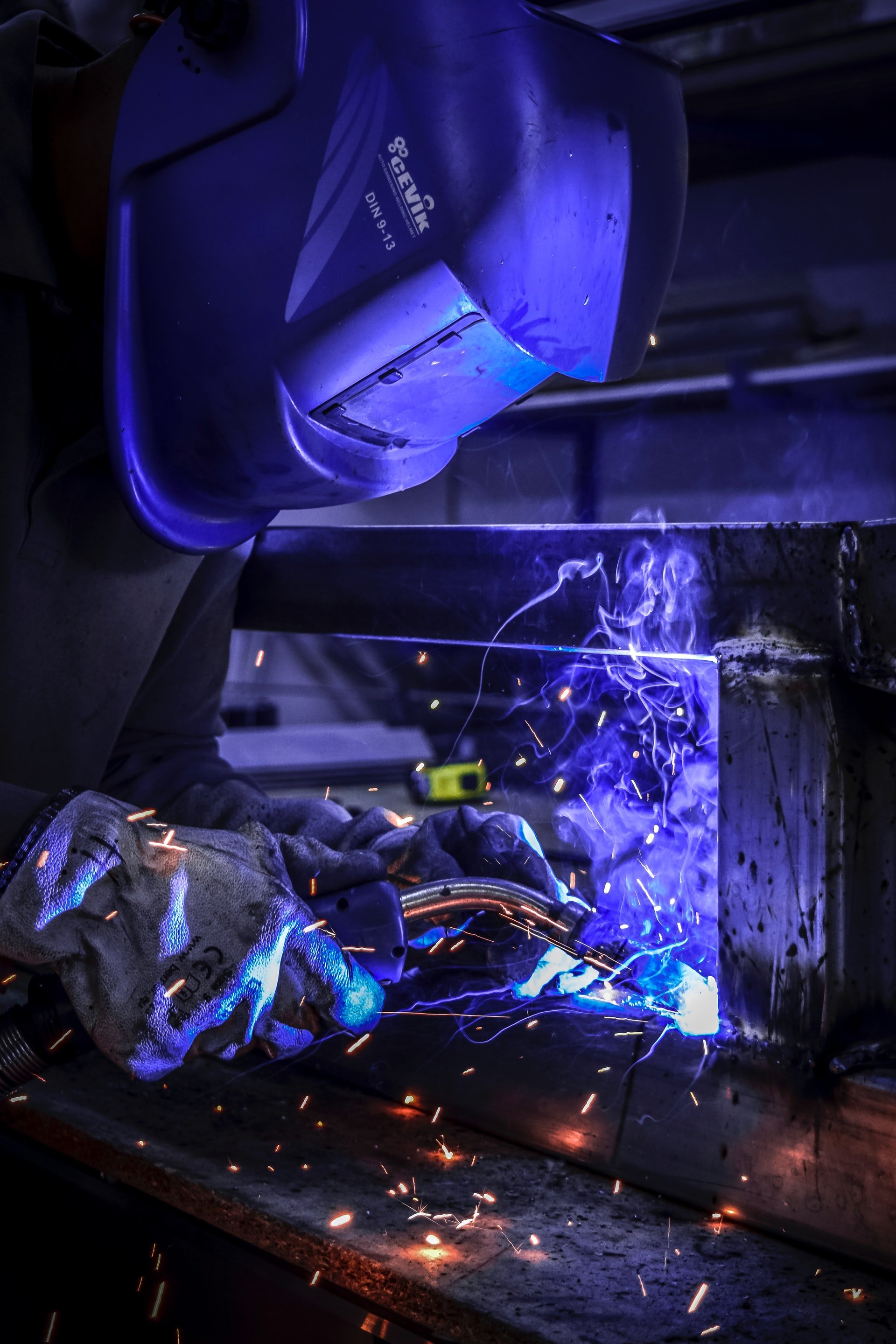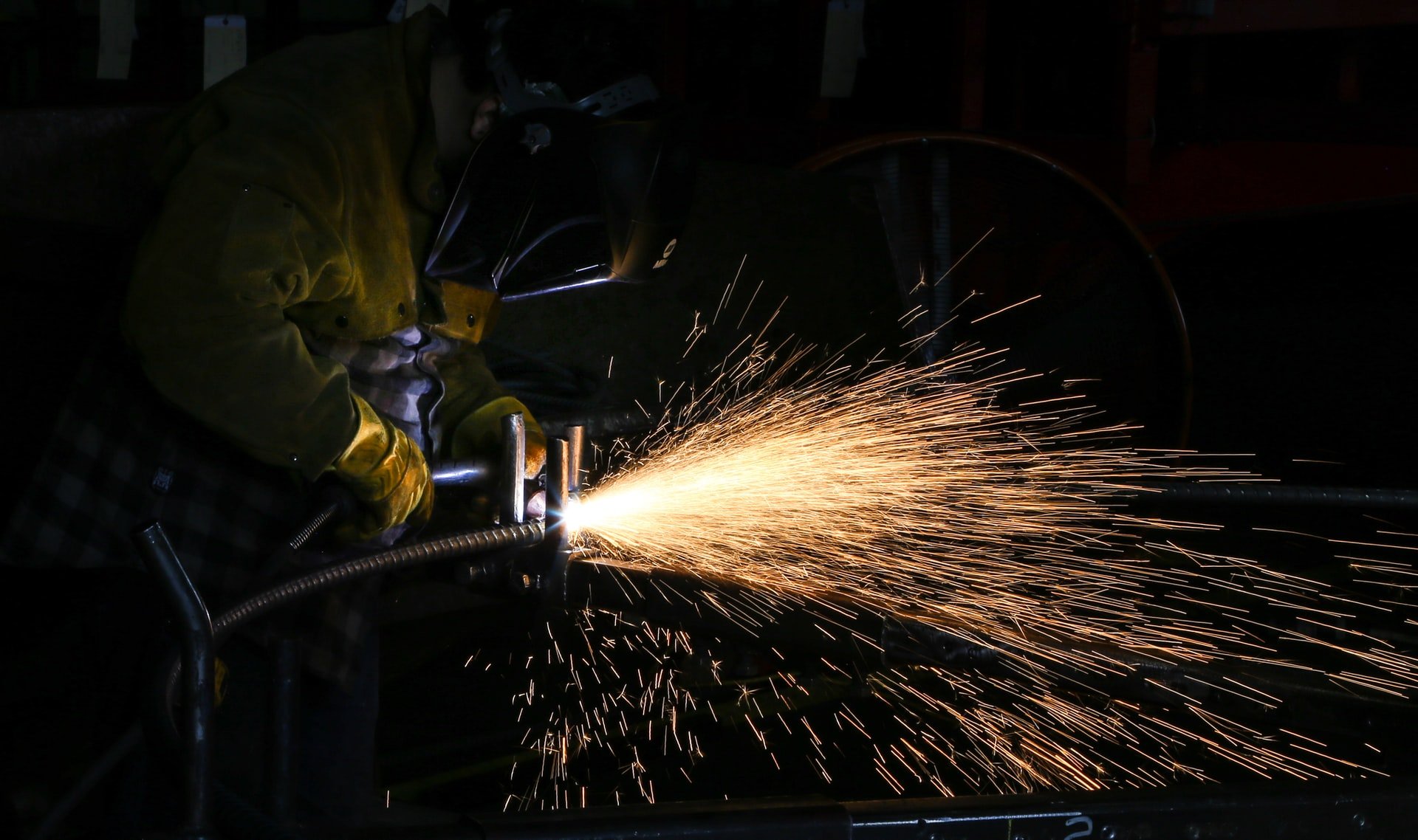
Steel is a great choice for outdoor railings of all kinds. Architectural steel has superior strength which guarantees reliable performance and is a material which lends itself to a variety of aesthetic approaches. Furthermore, the durability of steel makes it an extremely cost-effective option over the medium and longer-term.
 However, it’s vital to choose the kind of steel which can cope with the demands of your planned location, and which will also meet your expectations and fall within your project budget. Though steel comes in many formats, there are essentially three main types – carbon steel, 304-grade stainless steel and 316-grade stainless steel – each with different properties. So here’s a look at these options and the main points you should consider before making your choice.
However, it’s vital to choose the kind of steel which can cope with the demands of your planned location, and which will also meet your expectations and fall within your project budget. Though steel comes in many formats, there are essentially three main types – carbon steel, 304-grade stainless steel and 316-grade stainless steel – each with different properties. So here’s a look at these options and the main points you should consider before making your choice.
Carbon Steel
Carbon steel is undoubtedly the most affordable choice and is certainly strong enough to use for outdoor railings and handrails. The manufacturing process incorporates a carbon component of up to 2%, and this is what gives carbon steel its characteristic strength and hardness. But despite being a relatively inexpensive product, carbon steel – especially in exposed outdoor locations – has some significant drawbacks.
Carbon steel offers poor corrosion resistance. That’s why it’s usually recommended to paint outdoor carbon steel railings, preferably using something like a powder coating. In addition to a protective layer, this steel will require scrupulous monitoring and regular maintenance because even the slightest damage and/or wear and tear which exposes a bare steel surface rapidly becomes a corrosion site. And where such damage is left untreated for any time, this increases the likelihood that repair costs will escalate and may even involve the complete re-coating of badly scarred sections.
304-Grade Stainless Steel
A popular choice for projects where outdoor corrosion resistance is a pre-requisite, 304-grade stainless steel is valued for its strength, good looks and rust-resistant properties. It will typically contain anything between 16-24% chromium, as well as small amounts of carbon and manganese and a nickel content which could be as high as 35%. A typical 304 stainless steel format is known as ‘18/8’ stainless steel – a variant with 18% chromium and a nickel content of 8%.
Though 304-grade steel in outdoor locations will require regular polishing to optimise its rust-resistance and keep it looking at its best, it can be relied upon to resist the corrosive effects of most oxidizing acids. Nevertheless, 304-grade stainless steel does have one major flaw – it offers little protection against chlorides, especially in high-salinity environments such as those commonly found in coastal areas.
316-Grade Stainless Steel
A little more expensive than 304-grade steel, 316-grade offers all the positive properties of 304-grade stainless steel but with much-enhanced corrosion resistance. This is primarily due to the presence of molybdenum; 316-grade usually contains a bit more nickel, and has a 2% molybdenum content, whereas 304-grade stainless steel has none at all.
The harsh, salt-laden environments found in and around coastal areas, and chlorine-saturated areas in close proximity to swimming pools, will always present corrosive challenges for architectural steel. Nevertheless, although even 316-grade steel may eventually begin to tarnish in some locations, it is undoubtedly the go-to option for outdoor railings and handrails wherever high corrosion resistance is an absolute must.
Speak To Us
Discuss your project requirements with us today. We’re experienced with all grades of stainless steel and can recommend the best grade to suit your application and budget.




